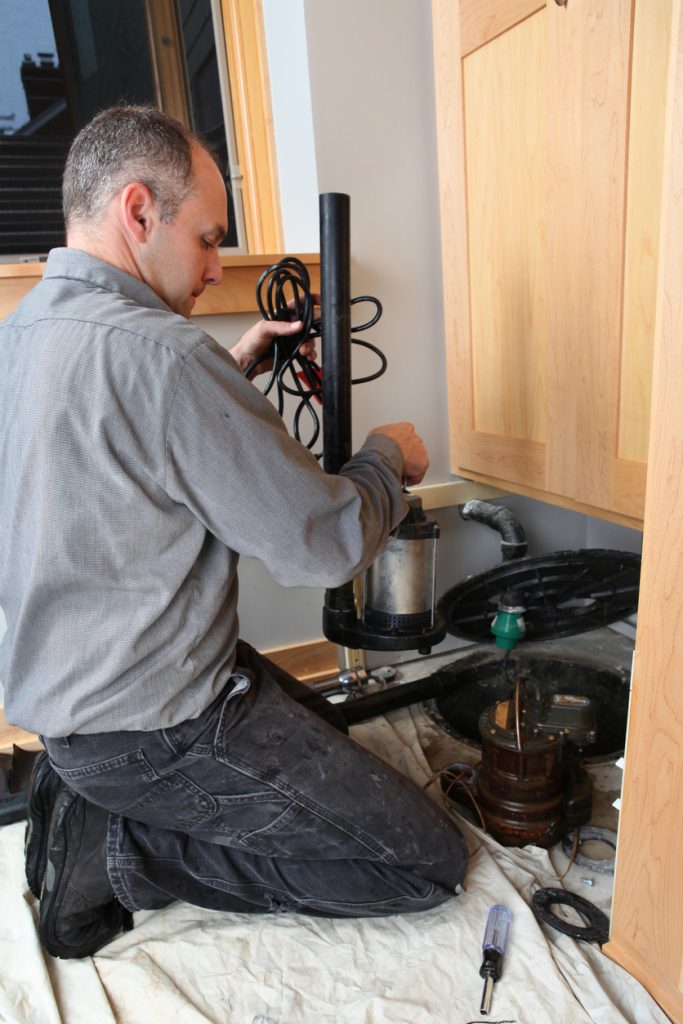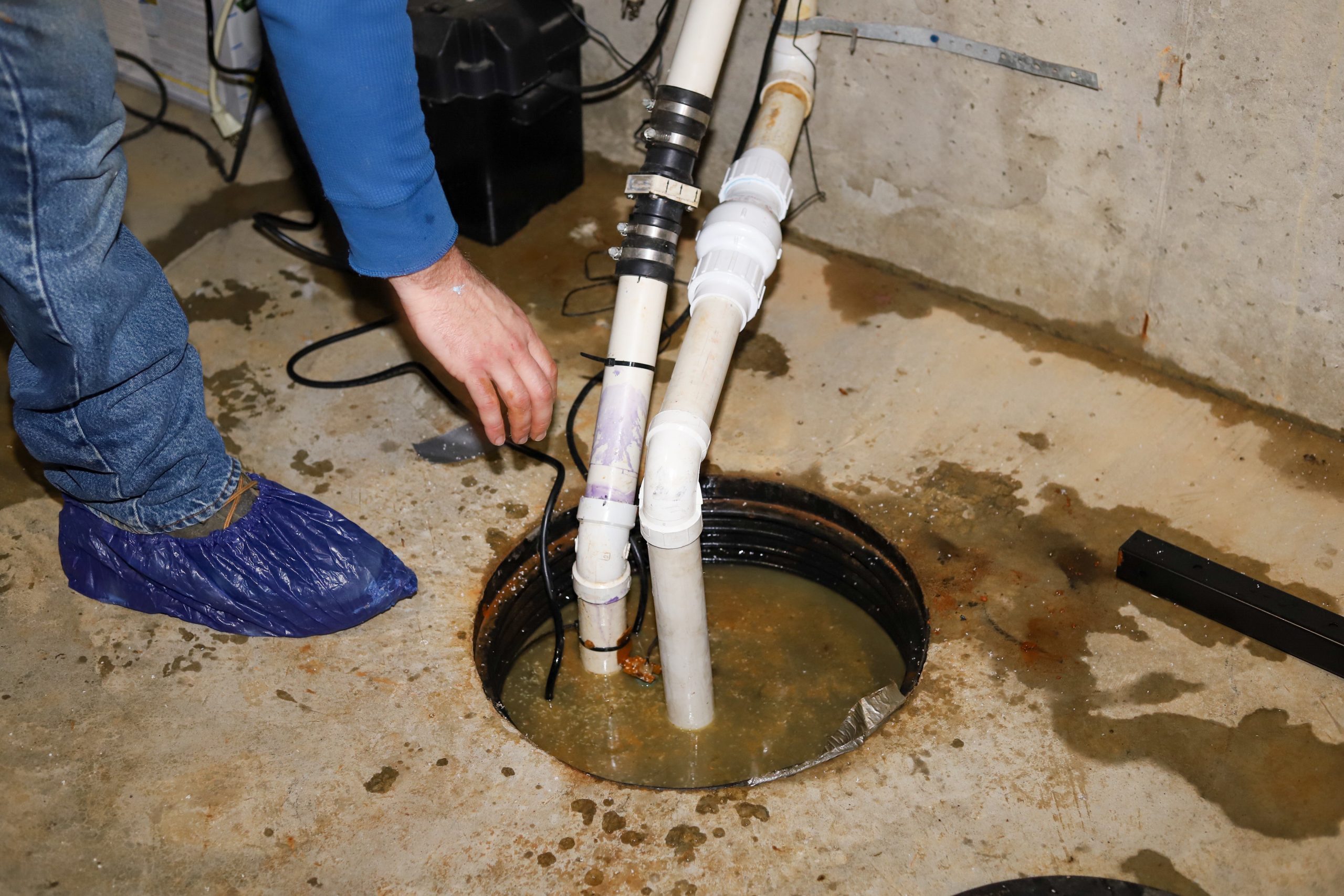This post below in relation to Keep Your Sump Pump Clean, It'll Keep You Dry is particularly compelling. Give it a try and draw your own personal results.

Sump pumps are important elements in several homes, particularly in locations vulnerable to flooding or too much dampness. They aid protect against water damages by successfully getting rid of excess water from cellars or crawl spaces. Nevertheless, like any other home appliance, sump pumps need regular maintenance to ensure they operate effectively when needed one of the most. Cleansing your sump pump is a vital part of its upkeep, and understanding just how to do it appropriately can save you from pricey repair services and potential calamities.
Introduction
Keeping a clean sump pump is essential for its appropriate performance and longevity. Disregarding this necessary task can bring about clogs, malfunctions, and inevitably, water damage to your home. Therefore, learning how to cleanse a sump pump is important for home owners that depend on these devices to maintain their basements dry and secured.
Comprehending the Sump Pump
Prior to diving into the cleaning process, it's important to have a basic understanding of how a sump pump functions. Typically mounted in a pit or container below the cellar flooring, a sump pump contains a number of vital parts, including a pump, a float switch, and a discharge pipeline. When water gathers in the pit, the float button activates the pump, which after that pumps the water out with the discharge pipe, far from the building's structure.
Signs of a Dirty Sump Pump
Recognizing when your sump pump needs cleaning is critical for avoiding possible malfunctions. Some usual indications that show an unclean sump pump include weird noises throughout procedure, lowered water flow, and noticeable particles in the pit. If you discover any of these signs, it's vital to clean your sump pump quickly to prevent any type of additional concerns.
Preparing for Cleaning
Before you start cleansing your sump pump, it's important to take some safety and security preventative measures. Start by turning off the power to the pump to stay clear of any kind of electric accidents. Furthermore, put on proper safety equipment, such as handwear covers and safety glasses, to protect yourself from dust, particles, and possible virus.
Step-by-step Guide to Cleansing a Sump Pump
Turning off the Power
Begin by separating the power supply to the sump pump to stop any type of accidents while cleaning.
Getting Rid Of Particles and Dust
Make use of a bucket or an inside story to remove any kind of noticeable debris, dust, or debris from the sump pit. Dispose of the particles effectively to prevent it from obstructing the pump or the discharge pipe.
Cleaning up the Pump and Float Switch Over
Once the pit is free from particles, very carefully eliminate the pump from the pit. Evaluate the pump and the float switch for any type of indications of damages or wear. Utilize a soft brush or towel to cleanse the surface areas and get rid of any type of gathered grime.
Flushing the System
After cleaning the pump and float switch, purge the sump pit with tidy water to get rid of any type of staying dust or debris. This will help guarantee that the pump operates efficiently and efficiently.
Looking For Proper Performance
Prior to re-installing the pump, execute a fast test to make certain that the float switch triggers the pump correctly. Put some water right into the sump pit and observe the pump's procedure. If everything is functioning properly, you can reconstruct the pump and reconnect the power supply.
Maintenance Tips to Keep Your Sump Pump Clean
In addition to routine cleaning, there are a number of upkeep suggestions you can comply with to maintain your sump pump in optimal problem:
Verdict
Cleansing your sump pump is an essential aspect of its maintenance and makes sure that it operates efficiently when you need it one of the most. By following the steps described in this guide and incorporating normal maintenance right into your routine, you can extend the life expectancy of your sump pump and safeguard your home from water damage.
6 STEPS ON HOW TO CLEAN A SUMP PUMP PROPERLY
UNDERSTANDING SUMP PUMPS
Your sump pump plays a crucial role in protecting your home by managing and removing excess water. It primarily functions as a “shield”, guarding your basement against the damaging effects of water accumulation. The pump is housed in a sump pit in the lowest part of your basement, and its job is to pump out any water that collects there.
During heavy rainfalls or when snow melts rapidly, water can infiltrate your basement, posing potential risks like flooding, structural damage, and harmful mold growth. Here, the sump pump springs into action, pumping out the intruding water and directing it away from your home.
SAFETY FIRST
Before cleaning, remember to prioritize safety. Disconnect the sump pump from the power source to prevent any accidental electric shocks. Also, wear sturdy gloves to protect your hands from any sharp or dirty components within the pump.
REMOVE THE SUMP PUMP
After ensuring your safety, the next step is to remove the sump pump from its pit. Doing this might require careful maneuvering as you don’t want to damage any pump components. Once removed, clean the sump pit to remove any accumulated debris or sludge.
INSPECT THE PUMP
Inspect the pump for any visible signs of wear or damage. Check the power cord, float switch, and impeller housing. If any components look worn out or damaged, consider replacing them to ensure optimal performance.
CLEAN THE PUMP
Thoroughly clean the pump with warm, soapy water. Make sure to rid it of any dirt, gravel, or other debris that might impede its performance. You can use a toothbrush to clean the small, hard-to-reach parts of the pump.
REINSTALL THE SUMP PUMP
Reinstall the pump into the sump pit Make sure it’s positioned correctly to remove the water effectively Once it’s back in place, reconnect it to the power source TEST THE PUMP
Finally, pour some water into the pit to ensure the pump works correctly. It should start automatically and begin pumping out the water; if it doesn’t, check the power source and the positioning of the pump.
Remember, while cleaning your sump pump is an essential part of home maintenance, hiring a professional plumber for a thorough inspection and cleaning at least once a year is also important. This will ensure that your pump is in optimal condition, ready to protect your home from potential water damage.
BEST PRACTICES FOR CLEANING SUMP PUMP DISCHARGE PIPES
Regular Inspection: Regularly inspect your discharge pipes, especially during heavy rainfall or snowmelt periods. Look for any signs of blockage or damage. Early detection of problems can prevent serious issues down the line. Periodic Cleaning: Over time, sediment and debris can accumulate in the discharge pipes, impeding the flow of water. Regular cleaning helps keep the pipes clear and functioning efficiently. You can use a high-pressure water jet to effectively clean the pipes. Insulation During Winter: In colder climates, discharge pipes can freeze, blocking the outflow of water. Protect your discharge pipes from freezing temperatures by insulating them with foam pipe insulation. This will ensure the sump pump can continue to discharge water even in freezing conditions. Proper Positioning: The discharge pipe should be positioned to direct water away from your home’s foundation. Improper positioning can lead to water seeping back into the basement. Ensure the pipe is long enough and angled correctly. Installation of a Check Valve: A check valve prevents water from flowing back into your sump pit after the pump has pushed it out. Installing a check valve helps maintain the efficiency of your sump pump and reduces the risk of flooding. Minimize Pipe Turns: Every curve or turn in the discharge pipe can decrease the efficiency of water flow. By minimizing turns and bends in your discharge pipe, you can increase the efficiency of your sump pump. https://www.fullspeedplumbing.com/how-to-clean-a-sump-pump-properly9999/

Do you appreciate reading about ? Leave a comment down the page. We will be delighted to listen to your thinking about this review. We are looking forward that you come back again later on. Enjoyed our entry? Please quickly share it. Help someone else find it. Thank you for going through it.
See Availability